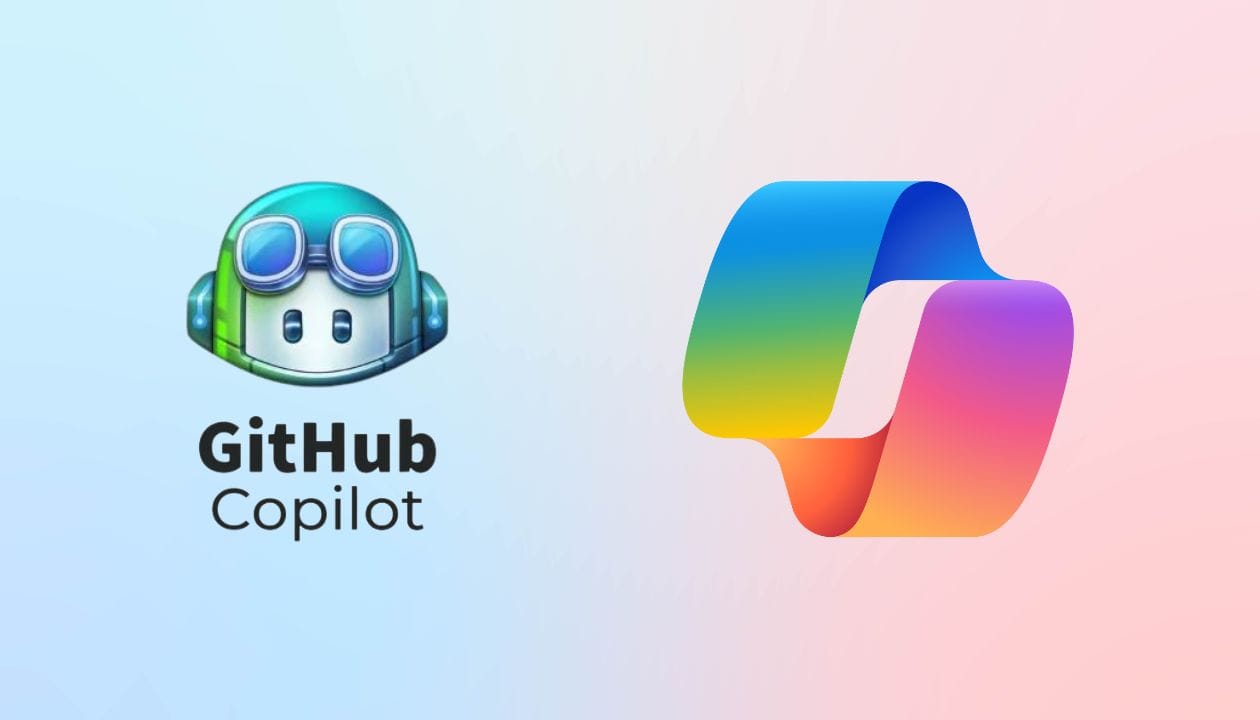Microsoft 365 Copilot vs GitHub Copilot: What’s the Actual Difference?

Microsoft has created a branding problem: both Microsoft Copilot and GitHub Copilot sound like the same AI tool, but they are fundamentally different. Despite sharing the “Copilot” name, these tools serve completely different users, goals, and contexts.
This article explains the real differences clearly and practically, so you can make the right decision without falling for naming confusion.
1. What Is Microsoft 365 Copilot?
Microsoft 365 Copilot is a general-purpose AI assistant built into productivity apps like:
- Word
- Excel
- PowerPoint
- Outlook
- Teams
- Windows 11 (via Copilot sidebar)
It pulls context from Microsoft Graph including your emails, files, meetings, and messages to help you draft, summarize, organize, and automate office tasks.
Use cases:
- Drafting business documents and emails
- Summarizing Teams meetings
- Generating presentations from reports
- Analyzing Excel data or building formulas
Tech stack: Microsoft’s Prometheus model (based on GPT-4) + Microsoft Graph
Audience: Office professionals, analysts, project managers, executives
2. What Is GitHub Copilot?
GitHub Copilot is for developers. It works inside your code editor, not your inbox or document tools. It helps you:
- Autocomplete code
- Generate functions from comments
- Refactor existing logic
- Write tests
- Learn unfamiliar codebases
Originally based on OpenAI Codex, GitHub Copilot now runs on models like GPT‑4, GPT‑4o, and Claude 3.5 depending on your subscription level.
Use cases:
- Accelerating code writing
- Reducing repetitive syntax
- Helping junior developers onboard
- Generating tests or docstrings
Tech stack: GPT-based models (user-selectable) + GitHub context
Audience: Developers, engineers, software teams
3. Microsoft vs GitHub Copilot: Clear Differences
| Feature / Aspect | Microsoft 365 Copilot | GitHub Copilot |
|---|---|---|
| Primary Purpose | AI support for office work | AI assistant for writing code |
| Platform | Word, Excel, Teams, Outlook, Windows | VS Code, Visual Studio, JetBrains IDEs |
| User Type | Non-technical professionals | Developers, engineers |
| Context Awareness | Emails, documents, meetings | Code, functions, file structures |
| Integrated With | Microsoft 365 + Windows OS | GitHub + IDEs |
| AI Model | Prometheus (GPT-4 + Graph) | GPT-4 / Claude / Codex (varies) |
| Deployment | Cloud-based, native in M365 | IDE plugin, GitHub account |
4. Why the Confusion Exists
Microsoft owns GitHub. That means branding gets reused — and Copilot is now a platform-wide label.
However, Microsoft 365 Copilot and GitHub Copilot are two completely separate products. Recommending the wrong one can waste time, money, and resources.
5. When to Use Which Copilot?
Use Microsoft 365 Copilot if:
- You work with documents, emails, spreadsheets, or meetings.
- Your team uses Microsoft 365 apps daily.
- You want help drafting content, summarizing notes, or automating workflows.
Use GitHub Copilot if:
- You write code.
- You want smart autocomplete inside your IDE.
- You're looking to speed up software development.
6. Final Take: These Tools Are Not Interchangeable
It’s time to stop saying “Copilot” as if it’s one thing.
Microsoft 365 Copilot is an office AI assistant.
GitHub Copilot is a developer AI assistant.
They run on different platforms, support different users, and solve very different problems.
If you're managing AI adoption inside your company, treat them as separate tools with their own onboarding, workflows, and value cases.
At Scalevise, we help companies deploy the right AI agents for the right job — including both types of Copilot, depending on the department.
Talk to an AI automation consultant →
